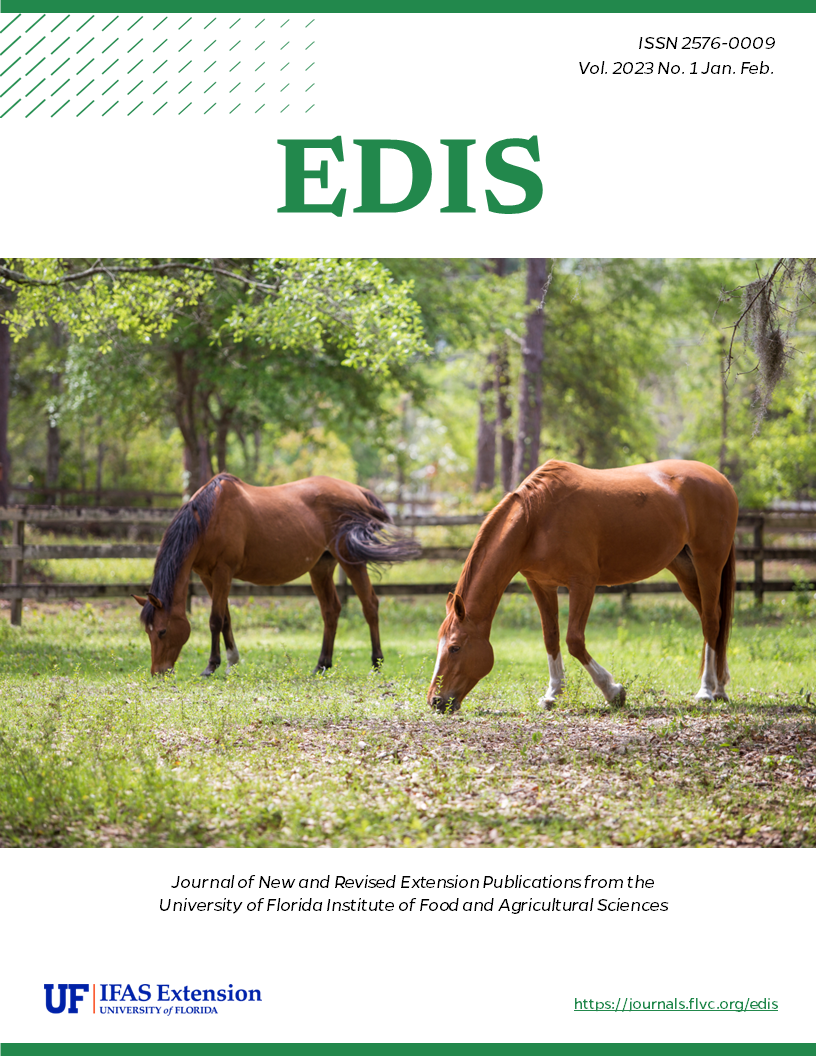Abstract
Vanilla extract is popular around the world as an ingredient in food, cosmetics, and pharmaceutical applications. The United States is the world's largest importer of vanilla beans, but domestic production is minimal. Southern Florida has a favorable growing environment for vanilla cultivation, and this revised 8-page document includes information relevant to growers interested in establishing a vanillery. Written by Alan H. Chambers, Pamela Moon, Vovener de Verlands Edmond, Elias Bassil and Xingbo Wu and published by the UF/IFAS Horticultural Sciences Department.
https://edis.ifas.ufl.edu/hs1348
References
Bala, B. K., and P. Dunphy. 2016. “U.S. Vanilla Regulations—Time for an Update?” Perfumer & Flavorist. https://www.perfumerflavorist.com/flavor/ingredients/article/21856078/us-vanilla-regulationstime-for-an-update
Bianchessi, P. 2012. Vanilla Handbook. Technical Centre for Agricultural and Rural Cooperation.
Cameron, K. 2012. Vanilla Orchids: Natural History and Cultivation. Timber Press.
Childers, N. F. 1948. Vanilla Culture in Puerto Rico. US Department of Agriculture, Washington, D.C. https://doi.org/10.5962/bhl.title.95624
Cook, O. F. 1899. Plant Inventory No. 5 of Foreign Seeds and Plants: Numbers 1901–2700. United States Department of Agriculture, Division of Botany. https://naldc.nal.usda.gov/catalog/37066
Fouche, J. G., and L. Jouve. 1999. "Vanilla planifolia: History, Botany and Culture in Reunion Island." Agronomie 19 (8): 689–703. https://doi.org/10.1051/agro:19990804
Havkin-Frenkel, D., and F. C. Belanger. 2018. Handbook of Vanilla Science and Technology. 2nd ed. Wiley-Blackwell. https://doi.org/10.1002/9781119377320
Larrick, G. P. 1962. “Food Flavorings, Definitions, and Standards of Identity: Vanilla Extract and Related Products.” Federal Registrar 27:8757–8758.
Odoux, E., and M. Grisoni (eds.). 2010. Vanilla. CRC Press. https://doi.org/10.1201/EBK1420083378

